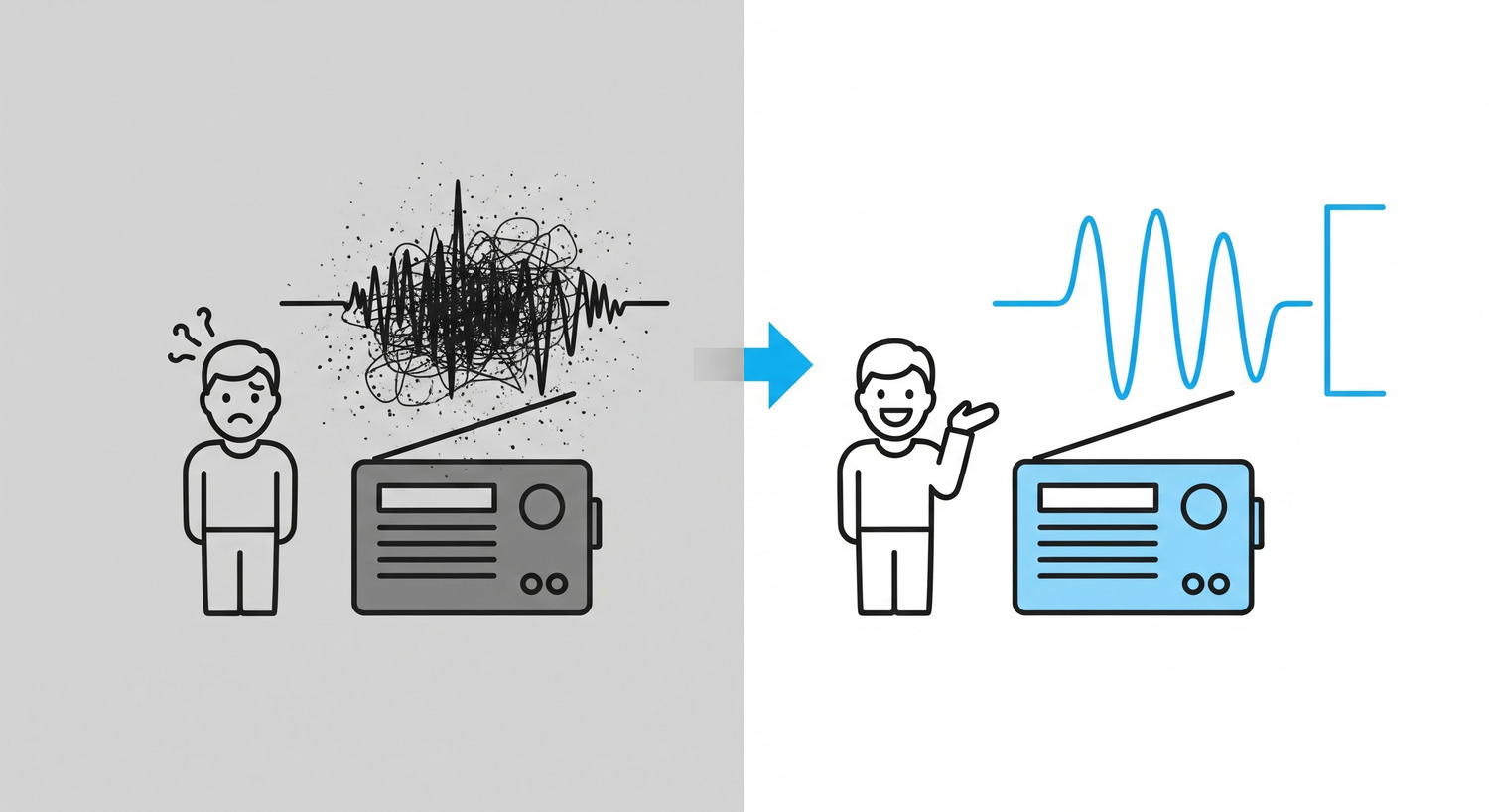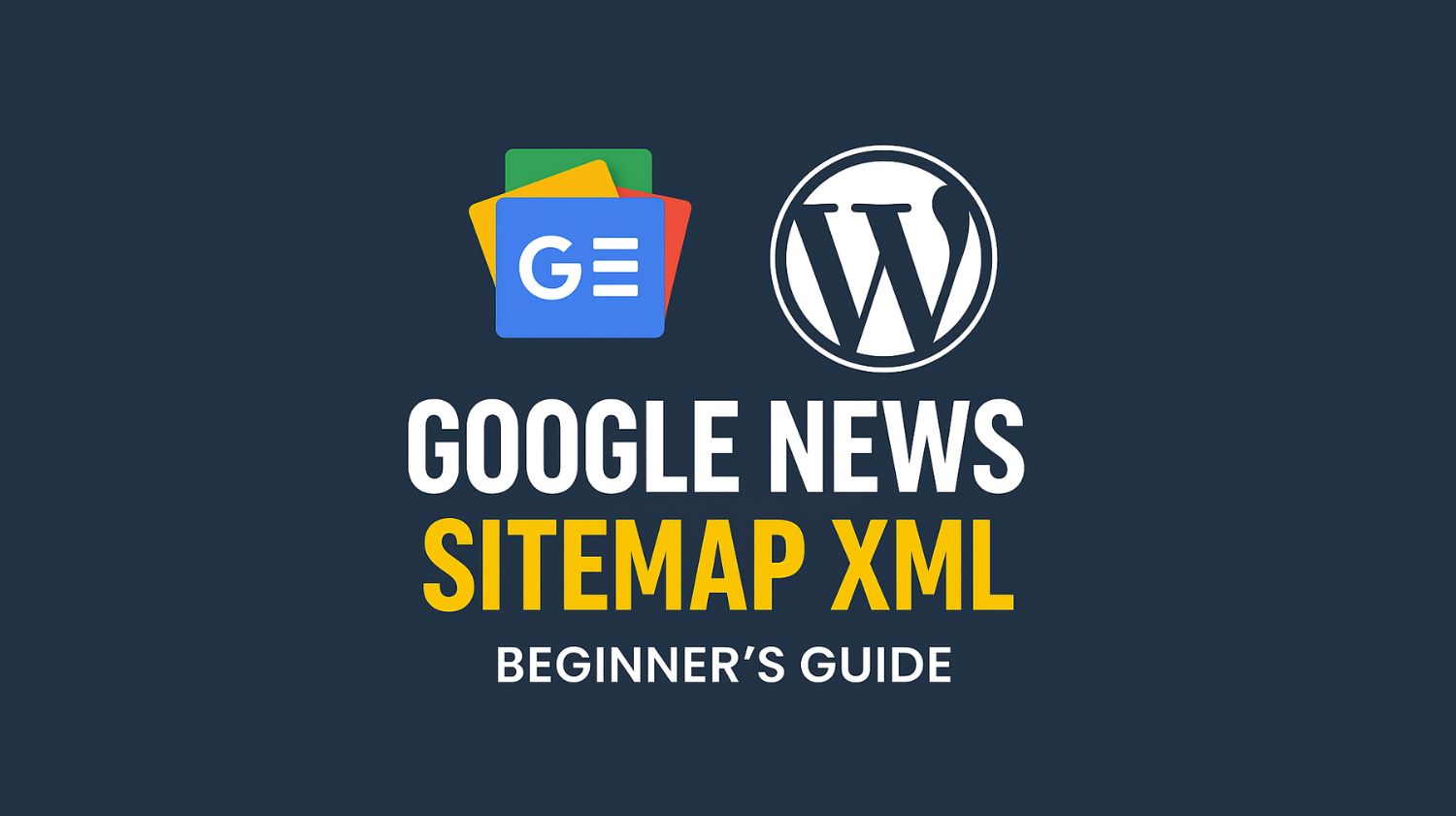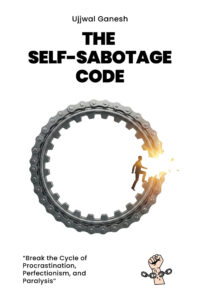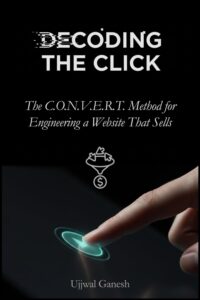Imagine a storefront with no sign. You have no idea what it sells or why you should enter. How long would you stand there trying to figure it out? Probably not long.
Your website’s homepage is that storefront, and if it has an unclear or “muffled” message, you are losing customers. A value proposition is a clear, concise promise of the value a customer will receive from your product or service. It’s your ultimate elevator pitch and the most critical element on your website.
Users form an opinion about your site in just 0.05 seconds, and that judgment is overwhelmingly based on clarity and design. If visitors can’t immediately answer, “What does this business do, and why should I care?” they will leave. As a website strategist, I see this as the single biggest—and most fixable—reason why websites fail to convert.
The “Confusion Tax”: Why Vague Messaging Is So Costly
An unclear value proposition isn’t a small oversight; it’s a “confusion tax” that you pay in lost leads and sales.
- It Annihilates Trust: A confusing message makes your business seem unprofessional and untrustworthy. When a value proposition is weak, 46% of visitors won’t trust the company.
- It Skyrockets Bounce Rates: If users can’t quickly grasp your offering, they’ll abandon your site almost immediately. This signals to Google that your site isn’t valuable, which can harm your SEO rankings.
- It Kills Conversions: Why would someone buy from you if they don’t understand what you’re selling? Businesses miss out on an estimated 35% of sales due to bad user experience, which often begins with unclear messaging.
- It Wastes Your Marketing Budget: Driving traffic to a website with a muddled message is like pouring money into a leaky bucket. You pay to attract visitors who are immediately turned off by the lack of clarity.
The Anatomy of a Compelling Value Proposition
A strong value proposition is not just a catchy slogan. It’s a strategic statement built on several key components.
- Crystal Clarity Above All: It must be easy to understand in seconds. It should succinctly answer: What is your product, who is it for, and what is the primary benefit?
- Focus on Benefits, Not Features: Don’t just list what your product does; explain how it solves a problem or improves the customer’s life. Instead of “10GB of storage,” say “Never worry about losing a file again”.
- Highlight Your Uniqueness: What makes you different from the competition? This is your Unique Selling Proposition (USP). It could be a specific feature, a superior level of service, or a different approach to solving a common problem.
- Speak Your Customer’s Language: Avoid corporate jargon and technical terms. A great value proposition often uses the exact words your customers use to describe their problems and desired outcomes.
A Step-by-Step Guide to Crafting Your Value Proposition
Refining your message is an iterative process that requires deep empathy for your audience. Here’s a blueprint to follow:
Step 1: Understand Your Target Audience
This is the foundation. You cannot articulate value if you don’t know who you’re talking to. Conduct user interviews and surveys to understand their biggest challenges, motivations, and what they truly desire. What “job” are they trying to get done?
Step 2: Identify and Articulate the Problem
Clearly define the pain point your product or service solves. The more specific and relatable the problem, the more your audience will feel understood. This isn’t about features yet; it’s about the “before” state of your customer.
Step 3: Connect Your Solution to Their Pain
Now, translate your product’s features into tangible benefits that directly address the pain points you identified. Focus on outcomes like “saving time,” “reducing costs,” or “making work more enjoyable.” A bulleted list of your top three benefits is often highly effective.
Step 4: Test and Refine Your Message
Once you have a draft, test it. Ask first-time visitors if they can understand what your business does within 10 seconds of landing on your homepage. Use A/B testing tools to experiment with different headlines and sub-headlines to see which version resonates best and drives the most conversions.
Real-World Clarity: Lessons from a Top Performer
Look at a brand like Slack. Their value proposition is crystal clear: “Make work life simpler, more pleasant, and more productive.” They don’t lead with technical features. They lead with the outcome. They highlight unique differentiators like “channels” to show how they achieve this, successfully guiding users from awareness to action.
Conversely, businesses like Advanced Hair Studio created confusion with a non-functional coupon button and a cluttered layout, eroding visitor trust from the start.
Your Message is Your Mission
In a crowded digital world, clarity is your greatest competitive advantage. A powerful value proposition cuts through the noise, builds immediate trust, and provides a clear path for your ideal customer. Stop muffling your message and start articulating your unique value. It’s the most important step you can take to turn your website into a true engine for growth.













